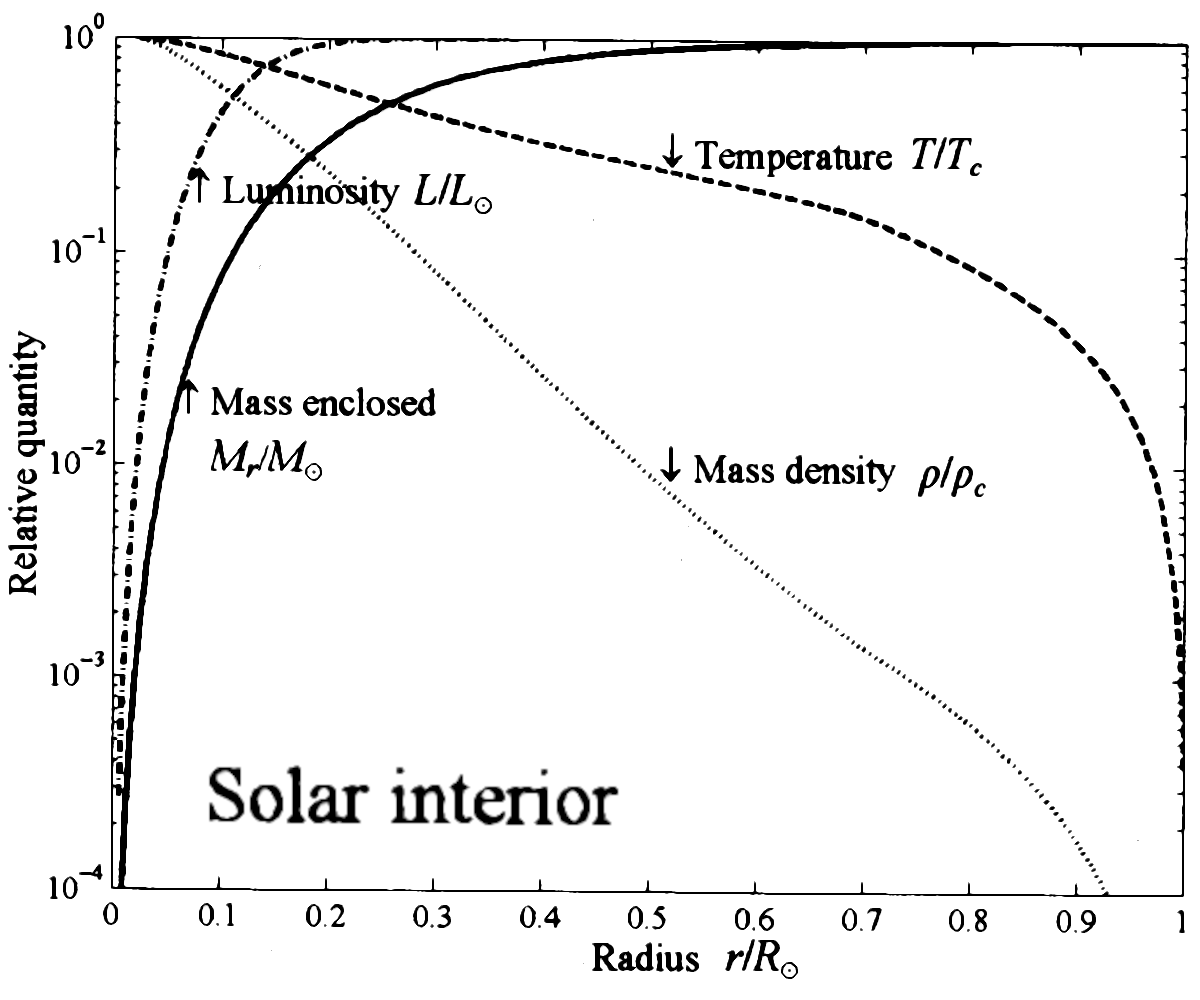|
Size: 5579
Comment:
|
← Revision 21 as of 2025-03-11 05:19:58 ⇥
Size: 5579
Comment:
|
| Deletions are marked like this. | Additions are marked like this. |
| Line 63: | Line 63: |
| . '''Book returned to PSU library, no time to dig deep''' | .'''Book returned to PSU library, no time to dig deep''' |
http://wiki.keithl.com/SolarWind
Basics of the Solar Wind
Nicole Meyer-Vernet PSULib QB529.M485 2007
Observatoire de Paris and Centre National de la Rechereche Scientifique website
- p009 Sun: mass 1.98892e30 kg, radius 695700 km, Luminosity 3.828e26 W +/-0.1%
- p054 plasmas interact less with radiation than with plasmas
p057 Fermi energy
book's "comet-like" heliosphere model obsolete
Imaging the Interaction of the Heliosphere with the Interstellar Medium from Saturn with Cassini
- p057 plasma particle collisional free path increases strongly with speed, fast particles nearly collisionless
- p064 Magnetic mirrors: particle moving towards converging/increasing field mirrors and reflects
- p066 transverse gradient produces a small transverse drift
p080 "upstream kinetic energy converted to downstream enthalpy, high temperature
- p083 viscous forces generally much less important than inertial effects, but
see E. M. Purcell Life at low Reynolds number Am. J. Phys. 45, 3–11 (1977)
- p083 ions transport momentum, determining viscosity; electrons transport heat, determining thermal conductivity
- p084 Reynolds number very large for space plasmas, viscosity generally negligable
- p084 1e6 K (kelvin) solar corona heat conductivity 1e4 W/m-K "same order of magnitude as brass"
NO, brass approx. 150 W/m-K Silver around 430 W/m-K
- p084 conductivity low perpendicular to B, high parallel to B only if mean free path much smaller than scales of variation.
p088 magnetic Reynolds number convection ÷ diffusion
p090 magnetic field freezing Alfvén's theorem
- p090 plasmas in space tied to field lines, do not mix across field
- p091 magnetized plasma has
- inertia, corresponding to bulk kinetic energy ½ρV²
- thermal pressure, corresponding to random kinetic energy ρkT/m
- magnetic forces, corresponding to B²/2μ₀
p092 V = B/(μ₀ρ)½ ≡ VA Alfvén speed
p098 Whistler
- p101 Bohr radius (hydrogen atom minimum energy 53e-12 meters, Bohr energy 13.6eV
- p102 stripping atom (atomic number Z) of electrons requires approximately Z² × 13.6eV
- p105 cross sections for ionization and recombination
- p106 AB⁺ + e⁻ → A + B coefficient of dissociative recombination β ~ 1e-11/√T (units?)
- p107 Charge exchange A⁺ + B → A + B⁺, for hydrogen/proton cross section is 2e-19 meters
- p110 solar wind density 5e6/m³ at 1AU, inverse square with distance
- velocity 300 to 800 km/s, average 400 km/s, hence 2e12/m²s or 3.3e-15 kg/s
- or 0.4 kg/s crossing area of earth disk
- p113 sun 2e30 kg, ordinary star mass 0.1 to 100 Suns, smaller is a brown dwarf or giant planet
- p122 minimum 8e55 protons, 7% of Sun
- p123 rough estimate maximum 4e58 protons, 40 solar masses, accurate estimate about 80 solar masses
- p124 graph of solar properties versus radius (scanned from book)
- p135 maximum granule size 10x scale height, approximately 1500 km
- p136 solar rotation graph, converted to time period. Below 0.7 radius, 2.3e6 seconds period
diverges above 0.8 radius, at 0.96 radius |
|
latitude |
period Msec |
0° (eq.) |
2.14 |
15° |
2.13 |
30° |
2.24 |
45° |
2.40 |
60° |
2.65 |
- p137 Solar magnetism models practically uncomputable, due to Sun's huge magnetic Reynolds number
- p138 naïve modelling says field decay time 30Gy, reality is a field reversal every 11 years
ref WB Hubbard +2 2002: Theory of Giant Planets paywall
- p187 Radiative loss function F(T) ≃ 1e-32 / sqrt(T) W m³
Book returned to PSU library, no time to dig deep
- p451 Solar parameters
- radius 7e5 km / mass 2e30 kg / luminosity 3.84e26 W / surface gravity 272 m/s²

